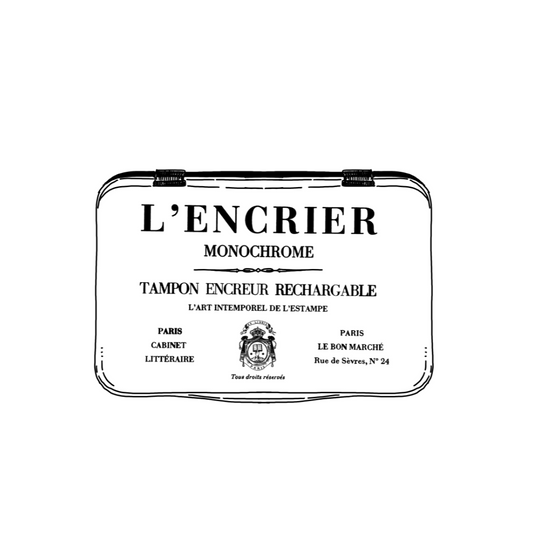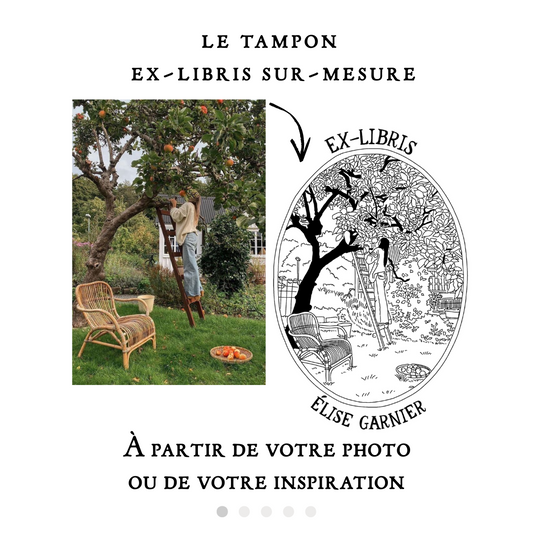Everything you need to know about Ex-Libris
I. Introduction: Ex-Libris
II. History of bookplates
III. Definition of ex-libris
IV. How to create your own bookplate
V. Bookplates in Contemporary Culture
VI. Accessories for bibliophiles
VII. Offer a literary gift
VIII. Conclusion
Reading time: 14 min
Updated on 24/05/2024
I. Introduction: Ex-Libris
A book is much more than just an object. It is the best “travel companion,” a “tool for freedom,” or a “gear,” according to Victor Hugo, Georges Bataille, or Oscar Wilde.
The book is a refuge for lovers of literature. Bibliophiles, as book lovers are called, wish customize their library adding a unique touch to their works. Personalized bookplates are one of the most common ways to do this.
In this article, we will first explore the history of bookplates, their definition, their utility and finally how to create them yourself. We will also discuss the use of bookplates in contemporary culture, accessories for bibliophiles, and How to give a unique literary gift to a bibliophile Today.
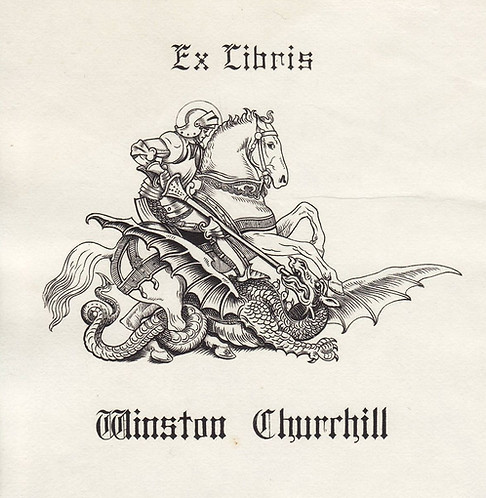
Bookplate of Winston Churchill

Lewis Carroll's Bookplate

Lord Byron's Bookplate
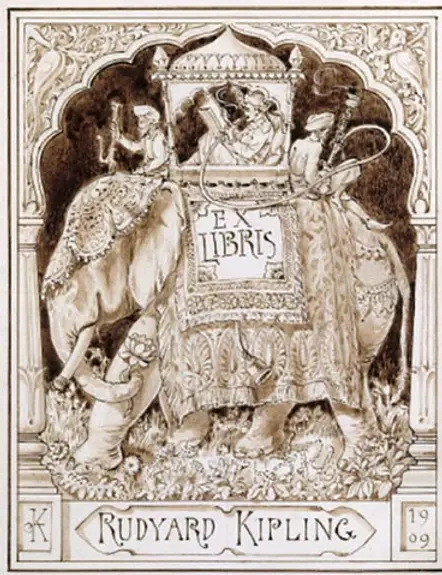
Bookplate of Rudyard Kipling
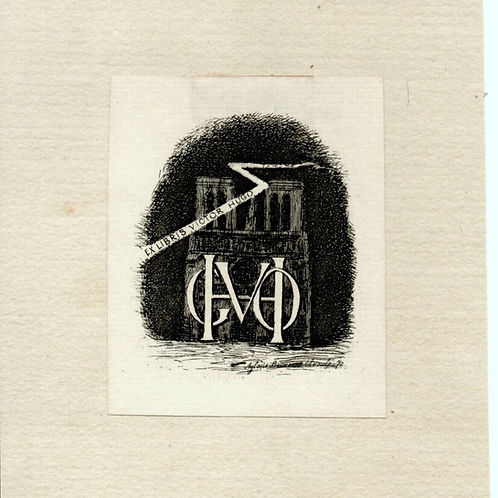
Bookplate of Victor Hugo
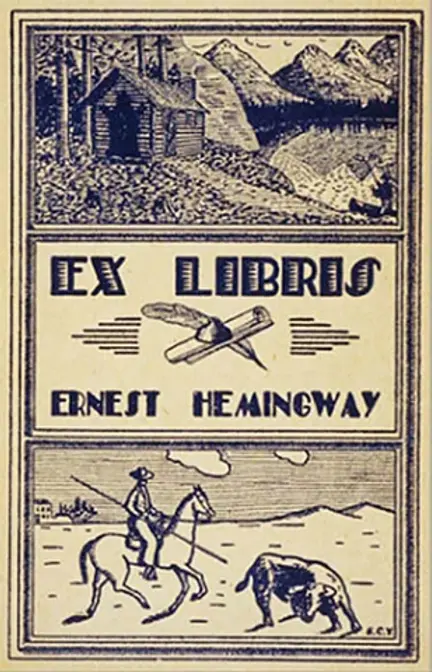
Ernest Hemingway's Bookplate
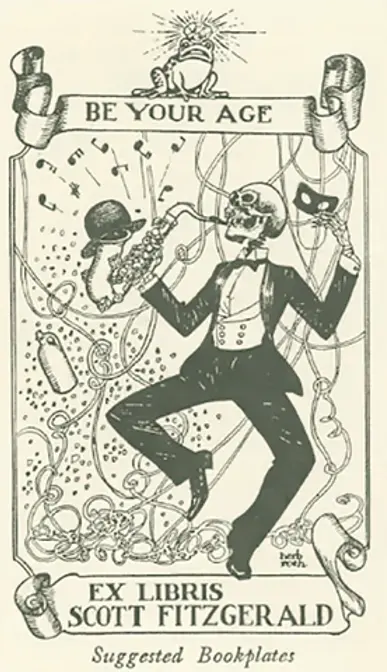
Bookplate by F. Scott Fitzgerald

Jack London Bookplate

HG Wells Bookplate
II. History of bookplates
Ex-libris is a Latin term meaning " from the library of ". It refers to the act of affixing to one's books a symbol of personal belonging . It is a practice that is born in the 15th century in Europe, with the advent of printing and the development of the book industry.
Over time, bookplates have become a popular way for book collectors to to mark their property , to display their social status and to promote literature.
Many renowned artists created bookplates for influential figures such as Queen Victoria and Albert Einstein. The various artistic styles of bookplates reflect the tastes of each era, ranging from Baroque, Neoclassical, and Modern.

Oldest Bookplate 1450
The oldest bookplate is that of Hans Knabensberg, nicknamed "Igler", chaplain to the Schönstett family in Bavaria.
The Ex-Libris depicts a hedgehog grazing on flowering grass with an inscription above.
Engraved on wood between 1450 and 1480.
III. Definition and usefulness of the ex-libris
A bookplate is an engraving or personalized stamp placed on the first page of a book, indicating the name of its owner or the library to which it belongs.
It's a essential item for collectors of books, because it allows them to mark their ownership and protect their collection, while displaying their personality through a symbolic illustration.
The bookplate can also be used to promote art and literature, by displaying drawings or famous quotes . Bookplates can appear as engravings, stamps, labels, or drawings.
IV. How to create your own bookplate
To create a successful bookplate, it is important to choose key elements such as the name , a currency (optional) and a symbol .
Creative techniques include drawing, printmaking, printing, and more. It's important to take your time creating. a unique bookplate And staff .
If you want to create your own personalized bookplate, here are some steps to follow:
-
Think about a symbol : Before you begin, you need to decide on a visual element that represents you. Is it your family crest , your boat in Brittany , or even a Dreamlike landscape ? You are the master of your bookplate!
-
Compose a drawing : You can create your own composition, using Ex-Libris Paris, or use an existing image that belongs to you.
-
Choosing the medium : bookplates are generally made in the form of a buffer .
-
Create the artwork : Once you have chosen the design and medium, the artistic production can begin. This is a illustration work produced by professional French designers specializing in the art of bookplates.
-
The production of the Ex-Libris: Once your design is complete, it will be engraved on the material of your choice. Contact Ex-Libris Paris for a high-quality, professional printing service.
Stamp your Ex-Libris on your books : once you have your Ex-libris in hand you can apply it to all books from your library, on your letters , or yours collections of all kinds...
V. Bookplates in Contemporary Culture
The use of bookplates in promoting literature and the love of books is becoming increasingly widespread.
THE editors often use bookplates for promote their books And give a personal touch to their publications. The libraries and the bookstores can also create bookplates for their collections , or for stamp those of their customers .
Bookplates are also very prized by the collectors of art and rare books . Bookplates have become collectibles in their own right , and some can fetch very high prices at auction. A bookplate inside an antique book increases its rarity and value.
Finally, the ex-libris continues to evolve in contemporary literary culture . New creative techniques are used, and collaborations between artists and authors give rise to original and unique bookplates .
VI. Accessories for bibliophiles
Historically, book lovers have acquired a variety of book-related accessories to enhance their collections.
Today, there are a number of accessories for bibliophiles:
-
THE personalized bookplate stamps : they allow you to mark books quickly and efficiently.
-
THE markers and drawings for books : they allow you to personalize books by adding drawings, quotes or notes.
-
THE personalized wax seals : they allow you to seal letter envelopes or gift wrapping with a personal touch.
THE personalized bookplate stamps are one of the most popular accessories for bibliophiles. Stamps can be used to mark book ownership and to add a personal touch to a bibliophile's collection.
Finally, the personalized wax seals can be used to add a touch of elegance to a bibliophile's library. Stamps can be used to mark book pages and add a touch of class to any book collection.
THE seals are also an excellent way to reconnect with your family history, by bringing a crest or coat of arms of your family back to life.
VII. Offer a literary gift
Give a gift to a writer or to a book lover can be difficult. Another book? His library is overflowing! Luckily, a personalized bookplate is a great solution. You can create a custom bookplates which reflects the person's personality, tastes and interests. It's a smart gift , which has meaning for the one who offers it and the one who receives it .
Personalized bookplate stamps as well as seals are also perfect gifts for your colleagues or business associates . It is a unique way to celebrate years of service and recognize a team member's contribution to the company, while making a nod to his personality .
A bookplate is also a nice gift for your friend, girlfriend, parent, sister Or brother An entrepreneur launching their own startup. What could be more elegant than a stamp or seal with your company's image to mark your invoices and quotes?
In short, it is an artistic and refined touch for all types of occasions.
VIII. Conclusion
In conclusion, the personalized bookplate is at the heart of literary culture . It is an ancient practice, and an object used for mark possession of books , promote art and literature, And to personalize book collections.
Although the history of the bookplate is long, it continues to evolve. Accessories for contemporary bibliophiles, such as Custom-made, personalized bookplate stamps , wax seals and markers are also important for creating your own library.
